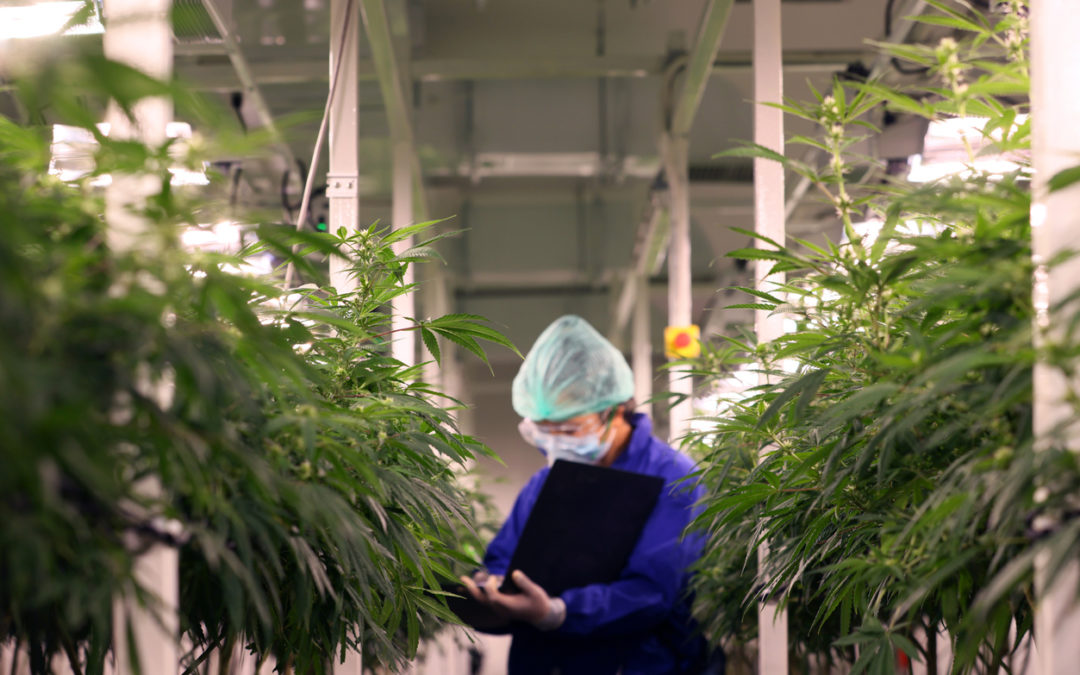How to Grow Hemp: Quick Guide for CBD Cultivators
In the cannabis industry, hemp is grown primarily for its high CBD (cannabidiol) content, which is a non-psychoactive substance that is frequently used for its medicinal properties. As with other types of farming, careful planning and attention to detail is necessary in order to attain the desired results and maximize profits in today’s market.
In this article, we’ll provide a brief hemp-growing guide that will help you overcome some of the early challenges and ensure a bright future for your operation. We’ll also offer tips on how to find reliable commerce services for cannabis dispensaries, growing operations, and other 420 businesses. Read on.
How do I start farming hemp?
Since CBD is primarily found in hemp flowers, CBD farmers focus on growing only unfertilized female plants. Although cannabis plants have separate female and male parts, they can also be hermaphroditic, so farmers need to regularly check their fields and remove any male or hermaphrodite plants before they can fertilize the females.
Here’s a quick guide on how to grow hemp for CBD:
Step #1: Germinate your hemp seeds
Pre-soak the seeds for 8-12 hours and plant them 1-inch deep in a slightly dampened seed starting mix. Make sure to keep the temperatures between 65-70 degrees Fahrenheit. A great way to manage humidity is by using clear humidity domes.
Step #2: Help the seedlings grow
Keep the humidity in the 65-70% range and the temperatures at 68-77 degrees Fahrenheit. Use high-output T5 fluorescent grow lamps or LEDs to provide the germinated seeds with the correct amount of light and make sure the grow lights are on 18-24 hours per day.
Use a nitrogen-rich, water-soluble fertilizer that has a target 3:1:2 NPK ratio at one fourth of the recommended application strength. Keep misting or watering the seedlings in this way until they’re ready to be transplanted.
Step #3: Transplant the seedlings
After the seedlings have rooted all the way to the sides and bottom of the rooting plug or cell, they should be transplanted into a 4-5 inch container that uses a transplant mix. Once they’ve rooted to the sides and bottom of this container as well, transplant them to a fabric grow bag or a larger container that uses a heavier compost-based potting mix.
Step #4: Grow flowering hemp plants
Keep the temperatures in the 68-77 degree range and maintain 40-50% humidity. Minimize the risk of pests by keeping the air circulating and regularly venting your blackout cover or grow tent (if you use one).
Let the plants grow for 30-60 days before making them flower by altering the photoperiod to keep the plants in darkness for 12 hours a day. Be careful not to overwater your plants while they’re flowering and feed them weekly with a liquid fertilizer with a target NPK ratio of 1:3:4.
Who offers professional commerce services for CBD cultivators?
Confia specializes in providing dependable financial solutions to CBD cultivators and other cannabis operators. Our services include a complete selection of advisory and commerce services spread over a multitude of membership options.
Whether you need help in setting up secure and effective payment systems, getting the necessary funding to get your business off the ground, or ensuring your operation is compliant with local and federal regulations, we’re the company to call. Contact us today.

